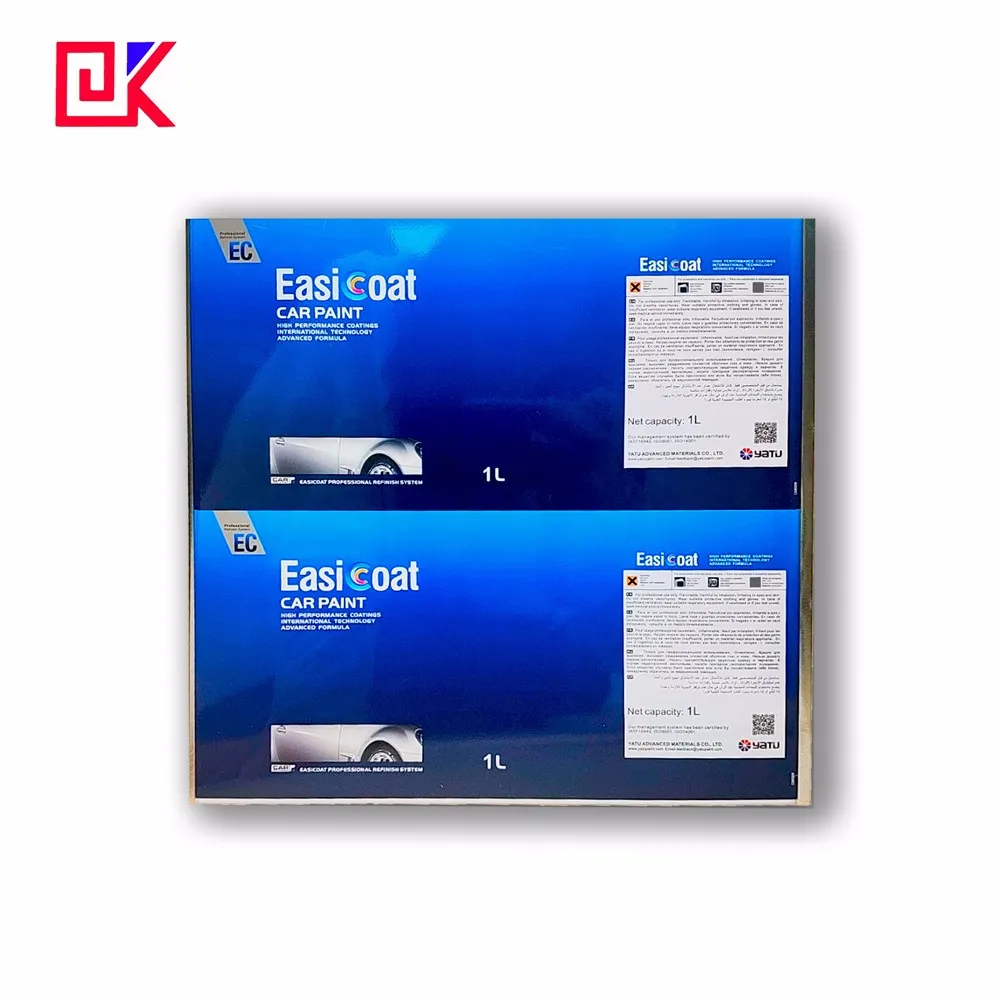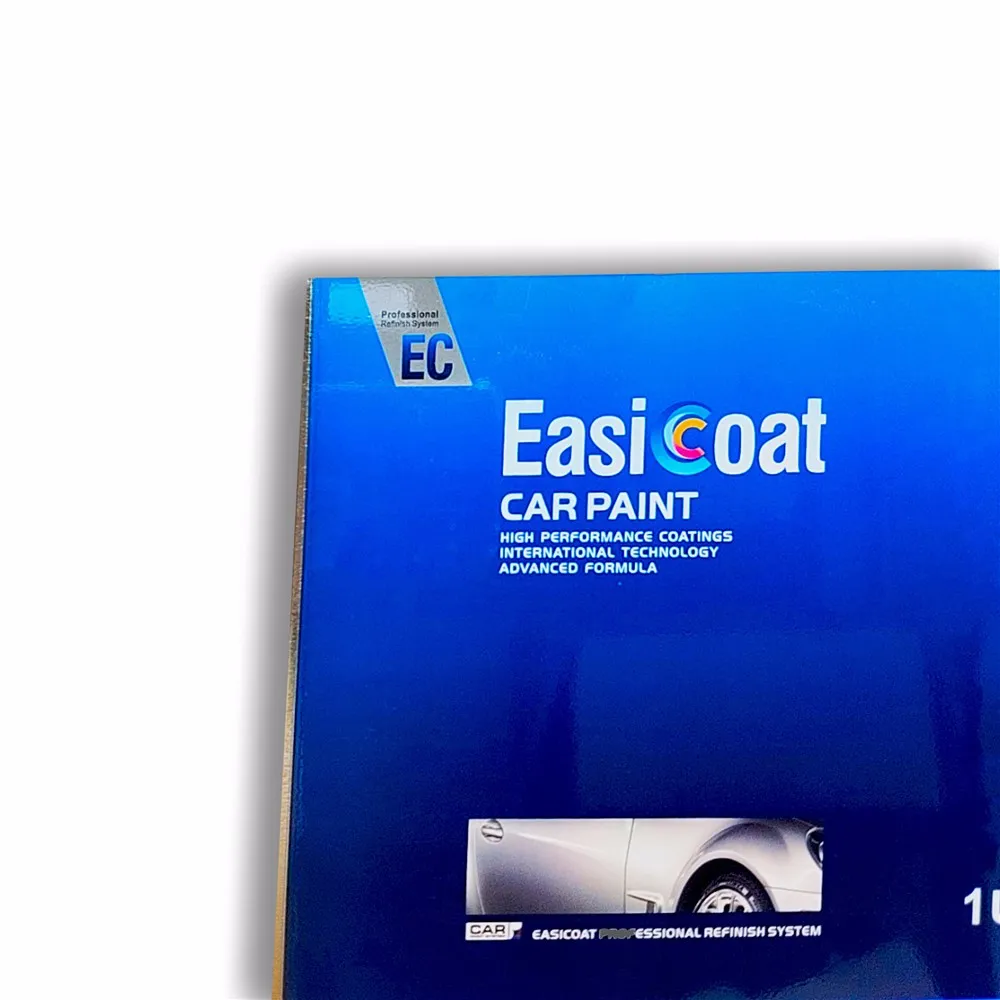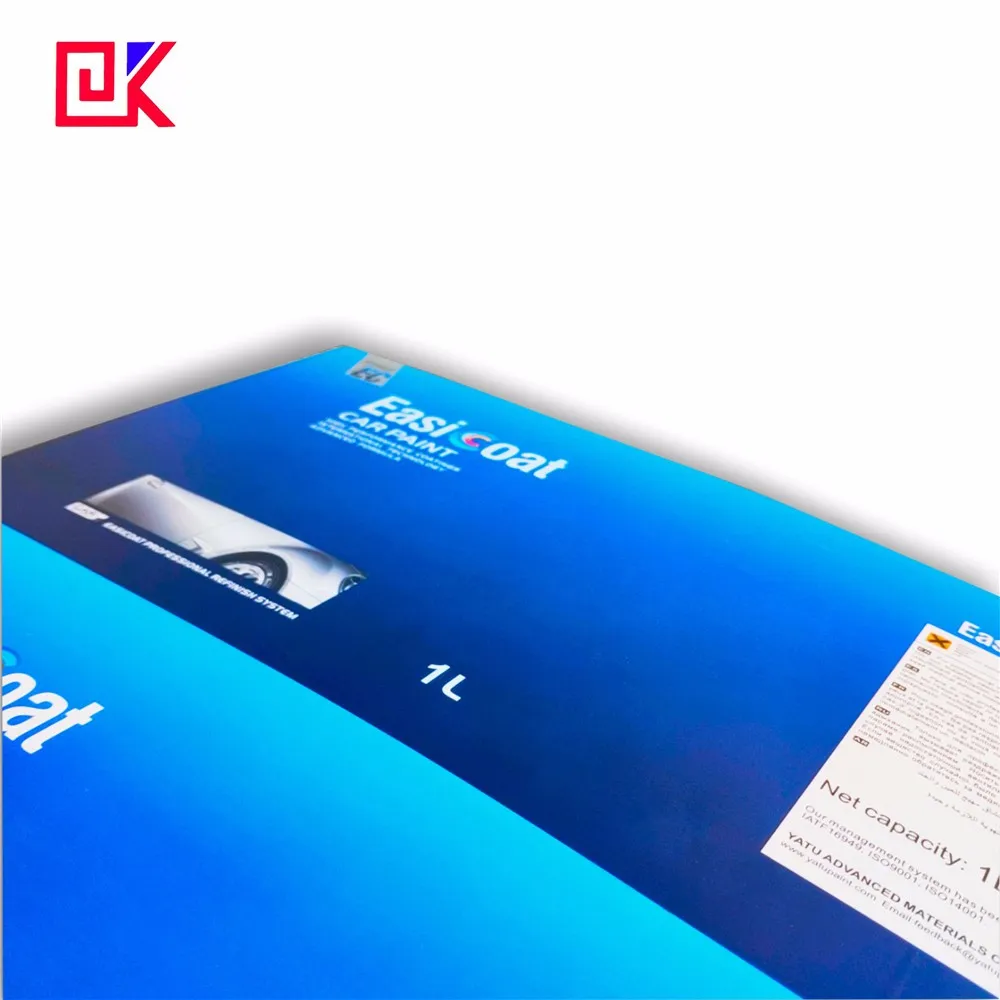As a common product in the modern packaging industry, metal cans are widely used in food, beverage, cosmetics, medicine and other fields. Whether it is canned food displayed on the shelves of shopping malls or delicate small cans in cosmetic packaging, their materials are usually mainly metal. So, what materials are these metal cans mainly made of? Among them, does tinplate plate play a key role?
This article will discuss in detail whether metal cans are made of tinplate plate and the specific role of tinplate plate in the production of metal cans.

What is tinplate plate?
Tinplate plate is a composite material made of low-carbon cold-rolled steel plate through electroplating or hot-dip process, coated with a thin layer of tin. It has both the strength of steel and the anti-corrosion properties of tin, so it has been widely used in many fields. The tinplate layer of tinplate plate can not only effectively prevent the steel from being oxidized, but also protect it from moisture and other corrosive substances.
1. Composition and structure of tinplate plate
The basic composition of tinplate plate is divided into two main parts: substrate and tinplate layer. The substrate is cold-rolled steel sheet, which provides tinplate plate with a strong structure and mechanical properties. The thickness of the tin coating on the surface is very thin, but it plays a vital role in protecting the steel from corrosion. The thickness of the tin coating of tinplate plate usually varies according to the specific application, but generally remains between a few microns and tens of microns.
2. Characteristics of tinplate plate
Tinplate plate has high strength, good ductility and corrosion resistance. In addition, due to the non-toxicity and recyclability of tin, tinplate plate is often used in the field of food and beverage packaging, which makes it an environmentally friendly, safe and economical packaging material.
Material selection of metal cans: Why is tinplate plate the main choice?
The material selection of metal cans should not only consider its mechanical strength, but also good corrosion resistance, airtightness and aesthetics. Tinplate plate has become one of the main choices for metal cans manufacturing due to its many excellent properties, especially in the food, beverage, pharmaceutical and cosmetic industries.
1. Corrosion resistance
The packaging of food, beverages and other products needs to ensure that the contents will not react chemically with the external environment or be contaminated during long-term storage. Metal materials are easily corroded by oxygen or moisture, causing rust, which affects the integrity of the packaging and the safety of the contents. Tinplate plate has strong anti-corrosion ability due to its tin-plated surface, which can effectively block the erosion of air, moisture and other corrosive substances, making it an ideal material for making metal cans.
2. High strength and plasticity
The base material of tinplate plate is cold-rolled steel plate, which gives it high mechanical strength and plasticity. In the production process of metal cans, the material often needs to undergo multiple processing steps such as stamping, stretching, and bending. Only materials with sufficient strength and toughness can meet these process requirements. Tinplate plate has both the strength of steel and the ductility of tin, and can maintain good shape and dimensional stability during the production process, while ensuring that the can body will not easily deform or break during use.
3. Excellent airtightness
The airtightness of metal cans is crucial to the preservation of packaged products, especially food cans. If metal cans cannot provide effective sealing, air and moisture will enter the can, causing food to deteriorate. Tinplate plate has a tin-plated surface that effectively blocks the penetration of gas and moisture, thus ensuring that the contents of the can remain fresh and safe for a longer period of time.
4. Decorative performance
In addition to practicality, metal cans are often used as a medium for brand promotion, especially in the food and cosmetics industries, where consumers have high requirements for the appearance of packaging. Tinplate plate has a smooth surface, and the tin-plated layer provides a good printing base, which can achieve high-quality pattern printing and decorative effects. Therefore, many brands choose to use tinplate plate cans as packaging to enhance the beauty and attractiveness of their products.

What is the process of making metal cans?
After understanding the characteristics of tinplate plate, let's take a look at the production process of metal cans. The manufacturing process of metal cans is relatively complex and requires multiple links of processing to complete. Generally speaking, the production process of metal cans includes steps such as material preparation, cutting, forming, welding, coating and printing.
Process flow of making metal cans:
1. Material preparation
2. Cutting and stamping
3. Welding and sealing
4. Internal and external coating and printing
1. Material preparation
The production of metal cans first requires the preparation of raw materials. For most metal cans, tinplate plate is the most commonly used material. Before production, tinplate plate is usually rolled into large rolls, waiting for subsequent cutting and processing. The factory will cut the tinplate plate roll into appropriate size according to the size requirements of the specific product.
2. Cutting and stamping
The cut tinplate plate sheet is processed by a stamping machine to form the basic shape of the can body. In this process, the plasticity of tinplate plate is particularly important. It needs to maintain structural stability under high pressure without breaking or deformation.
3. Welding and sealing
After the metal can body is formed, the joints need to be sealed by welding or other means to ensure the sealing of the can body. The common welding method is resistance welding, which can effectively ensure the airtightness and strength of the can body and avoid leakage or damage during transportation and storage.
4. Internal and external coating and printing
To further improve the corrosion resistance of metal cans, manufacturers usually apply an anti-corrosion coating on the inside and outside of the can body, especially in areas with high hygiene requirements such as food cans. The choice of inner coating is very important. Although tinplate plate has good anti-corrosion properties, the protective ability of the tin layer is limited in certain acidic or alkaline environments, and the coating can provide it with additional protection.
In addition, printing decoration on the outer surface is also an important part of metal cans production. Printing requires the use of special food-grade inks to ensure that the printed pattern does not contaminate the contents.
Tinplate plate and other metal materials: what is the difference?
Although tinplate plate is widely used in the production of metal cans, it is not the only choice. According to different usage requirements and product characteristics, other metal materials, such as aluminum and tin-free steel (TFS), are also used in the manufacture of metal cans. Next, we will briefly compare the advantages and disadvantages of tinplate plate with several other common metal materials.
1. Tinplate plate vs. aluminum
Aluminum is a lightweight, corrosion-resistant metal material that is commonly used in the manufacture of beverage metal cans. Compared with tinplate plate, aluminum cans have the following advantages and disadvantages:
● Advantages: Aluminum has a lower density than steel, so aluminum metal cans are lighter and easier to transport. In addition, aluminum has better anti-corrosion properties, especially in the packaging of acidic beverages (such as carbonated beverages).
● Disadvantages: Aluminum is not as strong and hard as tinplate plate, and it is easy to dent or break. Therefore, aluminum cans are usually used for flexible packaging and cannot withstand high pressure like tinplate plate.
2. Tinplate plate vs. Tin-free steel (TFS)
Tin-free steel (TFS) is a material that is made by plating a layer of chromium on a steel plate instead of tin. As a substitute for tinplate plate, it has certain applications in certain fields:
● Advantages: TFS has a relatively low cost and good corrosion resistance, and performs well in some non-food packaging fields.
● Disadvantages: Compared with tinplate plate, TFS has poor welding resistance and is not as durable as tinplate plate in highly acidic environments, so its application in the food packaging field is limited.

Tinplate plate in metal cans: the core role is irreplaceable
Combined with the analysis in the previous article, it can be seen that the production of metal cans does rely mainly on tinplate plate. Whether from the mechanical properties, chemical stability of the material, or from its anti-corrosion and decorative characteristics, tinplate plate is an ideal choice for making metal cans. Especially in the fields of food and beverage metal cans that are closely related to people's lives, the non-toxicity and excellent protective properties of tinplate plate make it play an irreplaceable role in ensuring food safety and extending shelf life.
Metal Packaging That Meets Your Needs – Buy from Dekai
At Foshan Dekai Metal Packaging Co., Ltd., we specialize in providing high-quality metal cans packaging solutions at wholesale prices. Our state-of-the-art production facility in Foshan, China, produces millions of aerosol cans, tinplates, and other packaging products annually. With advanced printing capabilities and customizable options, we offer solutions to fit your specific needs. We ensure cost-effective prices, excellent customer service, and quick delivery. Contact us for discounted bulk purchases and to learn more about our competitive prices.

